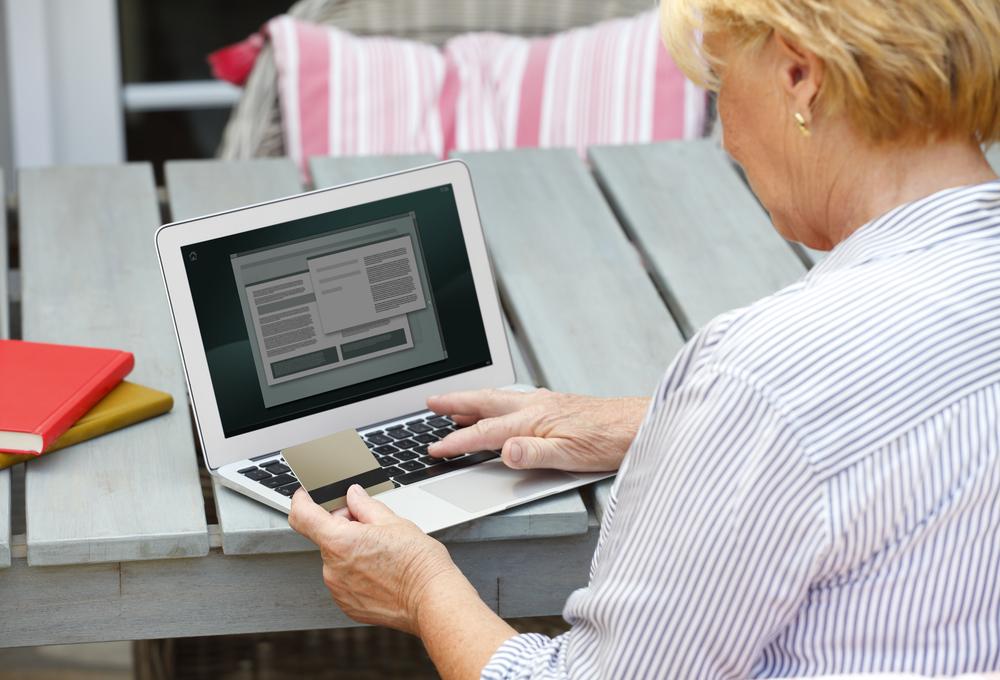
Safety Tips for Online Banking
Online, or internet banking most definitely had it’s perk. Remote check cashing, e-transfers, the ability to pay with tap, and 24/7 access to funds leave little wonder why over 70% of Americans choose to bank online.
However, with that convenience comes threats from malware, online scammers, and hackers trying to get your banking passwords, personal identification passwords (PINs), and steal your hard earned money. Thankfully, the U.S. Federal Reserve says banking can still be done safely online if you safeguard your digital funds with the following security tips:
1. Choose a password carefully
Selecting a password that can’t be guessed is the first step to protecting your online safety. Banking experts recommend choosing a password between 6 and 12 characters, that uses a combination of letters and numbers. You can also use case sensitive letters to further protect your passwords and PINs. It’s wise to use a new password for every account and card, and also avoid using names, dates, and locations that are easy to guess (i.e., address or maiden name).
2. Keep your passwords and PINs secret
Passwords and PINs should be kept confidential and they should never be shared carelessly with friends, family, or service or retail providers. For instance, never disclose your bank account, credit card number, or PIN with any website or third party accept for your banking institution. And a word to the wise: your bank will never call or send you an email requesting this type of personal information.
3. Change your password frequently
Data breaches occur, which is why changing your password regularly can help protect your money and other personal information. If you store your credit card information online to make purchases, or believe someone other than you bank knows your password, change it immediately.
4. The lock icon = security
Many retail and service websites recommend customers enter their personal banking info (i.e., credit card number) in order to make future purchases easier. However, never entering personal information on a website unless the website is secure. If it is it will show a “lock” icon (padlock) in your browser.
5. Install security updates
I know security updates always ask you to install them at the most inconvenient times. However, instead of ignoring updates on your personal computers and letting them pile up, make a point of scheduling security updates to download and install regularly to your operating system to protect against cyber threats.
6. Public computers
If you use your laptop, tablet, or smartphone in public areas (i.e., internet cafes or libraries), it’s not wise to enter personal information when on these open networks as many don’t provide firewall protection to protect your computer from a cyber attack. For example, many public or shared wireless networks use a DSL or cable modem that has open capability and is vulnerable to attack. If you work in public spaces (i.e., coffee shops) often, protect your computer from by using a personal firewall or change your password directly after working on a public computer.


